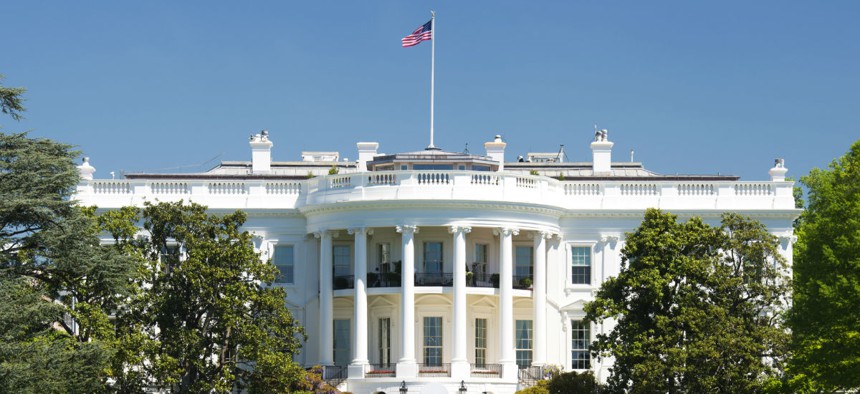
White House Wants to Increase Federal Employee Buyout Payments
The $25,000 maximum has not been updated since the practice was first authorized in 1993.
The Trump administration has asked Congress to increase the amount agencies can offer employees for early retirement from $25,000 to $40,000 as it gears up for major workforce reductions in some agencies.
An Office of Management and Budget spokesperson confirmed that the Defense Department made the request to Congress last month. In the fiscal 2017 National Defense Authorization Act, Congress approved a one-year pilot program allowing for a maximum $40,000 buyout for civilian defense employees through the Voluntary Separation Incentive Payment program.
The annual defense authorization bill for fiscal 2018 (H.R.2810) is slated to receive a floor vote in the House later this week. The bill currently would extend last year’s pilot program until 2021, but it does not appear to expand it to all agencies.
Under the White House plan, the buyout cap would be adjusted for inflation on an annual basis and tied to the consumer price index. But it would maintain the formulas used to calculate how much an individual employee could receive.
VSIP’s $25,000 cap has been in place since it was first enacted in 1993. The Defense pilot program came in part because of the Pentagon’s effort to reduce its headquarters staff by 25 percent by 2020.
The Trump administration has targeted a number of agencies for heavy budget cuts. The Environmental Protection Agency, Interior Department and State Department have all indicated they plan to offer buyouts to employees.
Randy Erwin, national president of the National Federation of Federal Employees, said that while the proposal may be a smart idea on its own, it could be disastrous when paired with the White House’s plan to cut the federal workforce.
“The maximum buyout has been stuck at $25,000 for many years, so it is time for an adjustment,” Erwin said. “What is bad about this proposal is that it will be used to downsize the federal workforce when federal agencies are largely understaffed, not overstaffed. If this is used to downsize the federal workforce, it will be a bad deal for taxpayers. Federal employees will take buyouts one day and be replaced the next day by contractors that are far more costly to taxpayers.”
NEXT STORY: Your Money and Your Life Insurance







